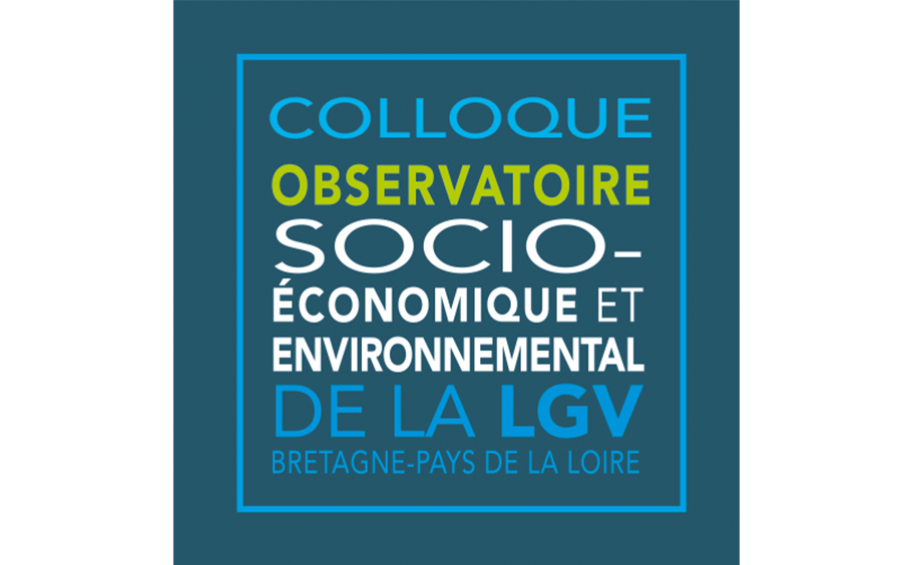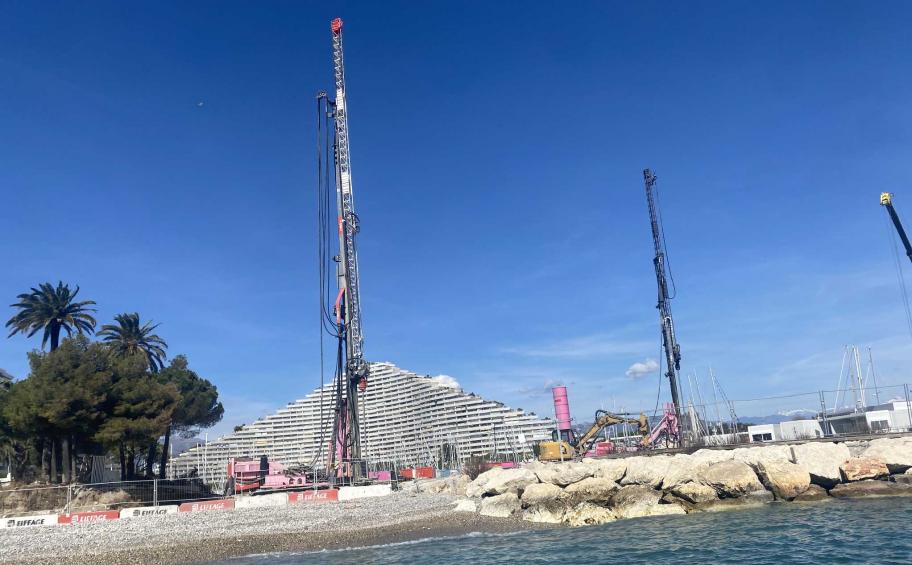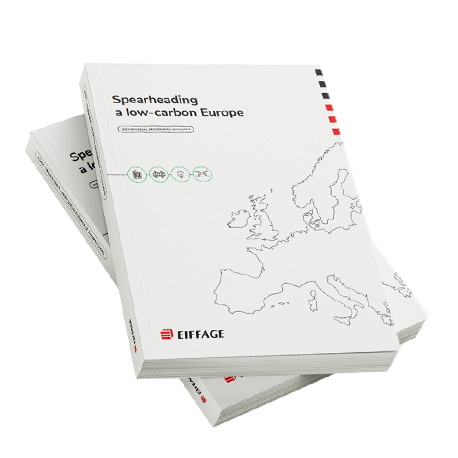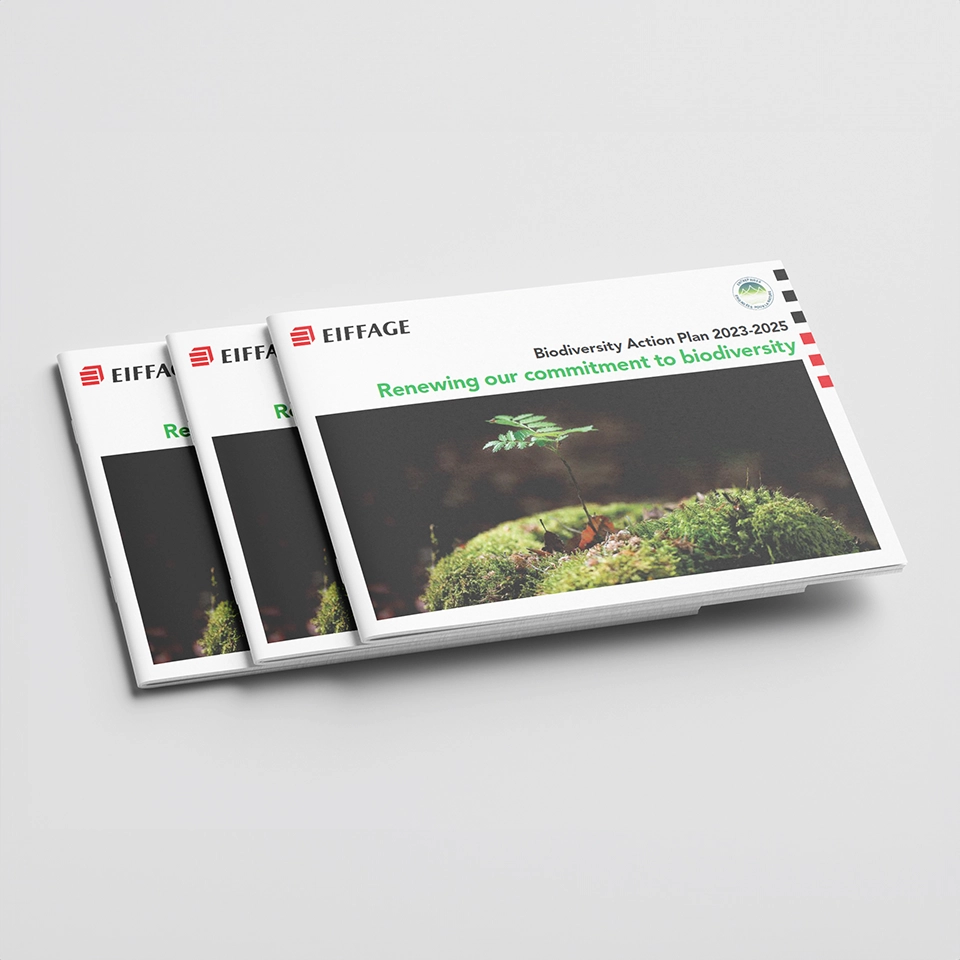09.10.2019
5th symposium of the LGV BPL observatory: the environment in focus
The annual symposium of the Bretagne Pays de la Loire High-Speed Rail Line (LGV BPL) observatory took place near Laval (53) on Friday 27 September. The event was an opportunity to present the progress of the environmental studies and to discover the environmental monitoring methods used on the ground.

This year, the environmental observatory symposium was held at the Natur’Eau Parc Echologia to review the studies, two years after the commissioning of the Bretagne-Pays de la Loire High-Speed Rail Line. Introduced by the Prefect of Mayenne, the symposium addressed the full array of environmental topics relating to the high-speed rail line.
The event was an opportunity to present the results of the intermediate environmental assessment required under the Loi d’Orientation des Transports Intérieurs (LOTI). They confirm that, to date, the environmental commitments made in the context of the LGV BPL have been met. The LOTI assessment is a regulatory exercise which is also of real benefit for all linear infrastructure projects.
The day was organised in two sessions and began with the landscape photography observatory (OPP) set up within the framework of the BPL observatory to assess changes during the various phases of work. This long-term initiative has been ongoing for more than 15 years and will be completed in 2022. All the photos can be found on a Breton regional platform called POPP BREIZH, also partnered by Eiffage. A presentation was also given of the landscape study to be carried out next year, which will gather residents' views of the changes made.
The environmental monitoring studies were then presented:
- The results of several years of monitoring delivered in 2019 on otters, bats and the networks of thick hedges.
- The monitoring of amphibians – permeability of the high-speed rail line to their passing – which is the subject of thesis due to be completed in 2020.
The results show that the LGV has had little impact on monitored populations and that, overall, the developments proposed have helped mitigate the negative effects of the infrastructure. The morning session highlighted the advantages of having an independent observatory to analyse impacts before, during and after the LGV BPL commissioning as well as the scientific progress made.
The afternoon session included a field trip during which participants discovered the monitoring methods implemented on the ground through three workshops on:
- genetic monitoring of otters and their displacement issues,
- trajectory tracking of bats under the bridge infrastructure,
- landscape analysis by individual perception.
-
 30.11.2023Eiffage and Sodeports signed the concession contract...The Métropole Toulon Provence Méditerranée awarded the consortium formed by Eiffage Concessions and Sodeports for the contract for the refurbishment, development,...
30.11.2023Eiffage and Sodeports signed the concession contract...The Métropole Toulon Provence Méditerranée awarded the consortium formed by Eiffage Concessions and Sodeports for the contract for the refurbishment, development,... -
 30.03.2023Cœur Marina, works commencingOperational construction is about to commence at the worksite for the new Marina Baie des Anges harbour due for delivery in 2025, and the construction camp was set...
30.03.2023Cœur Marina, works commencingOperational construction is about to commence at the worksite for the new Marina Baie des Anges harbour due for delivery in 2025, and the construction camp was set... -
 29.03.2023Two applications to improve safety in the building...Final Safe and Acciline
29.03.2023Two applications to improve safety in the building...Final Safe and Acciline

